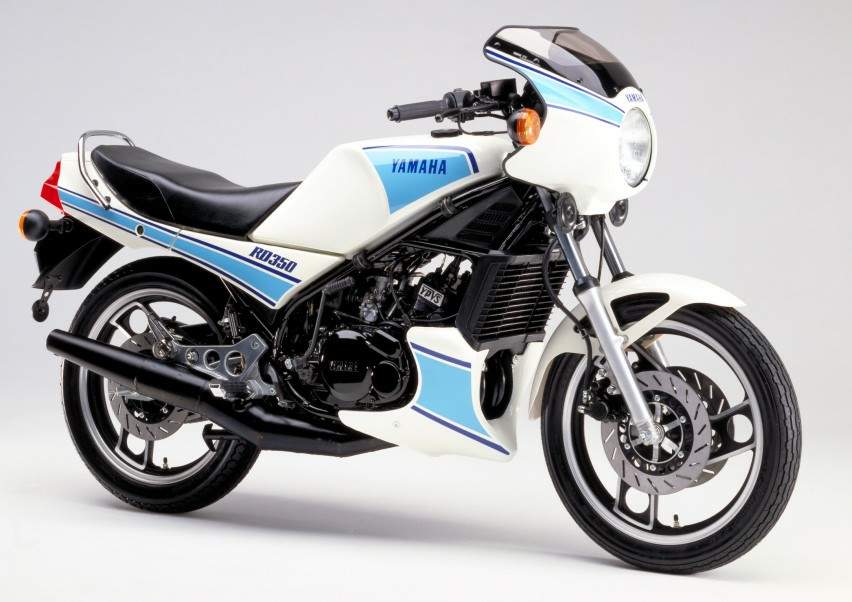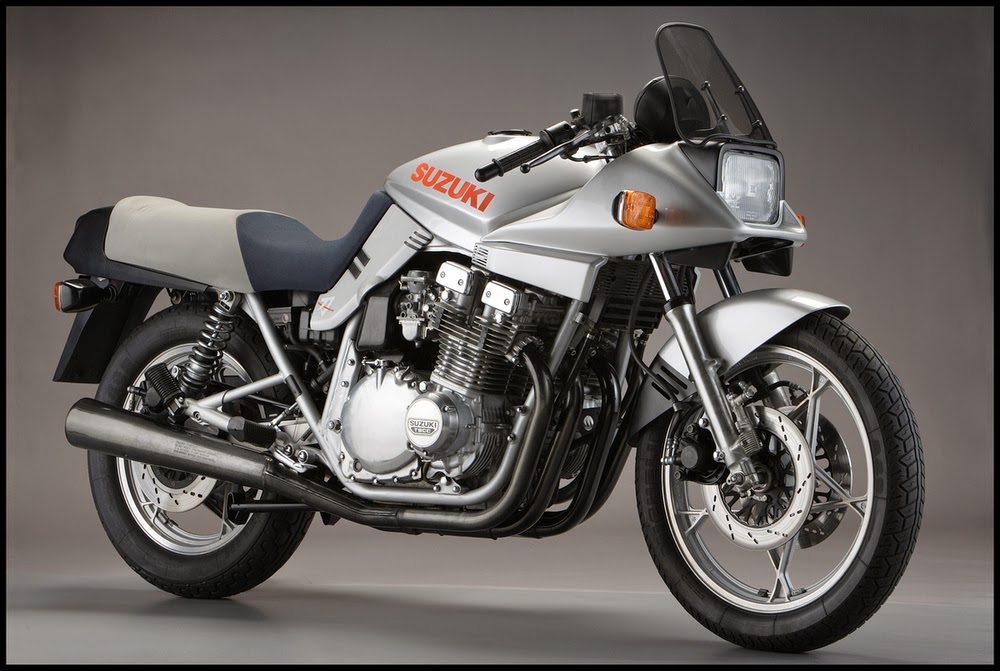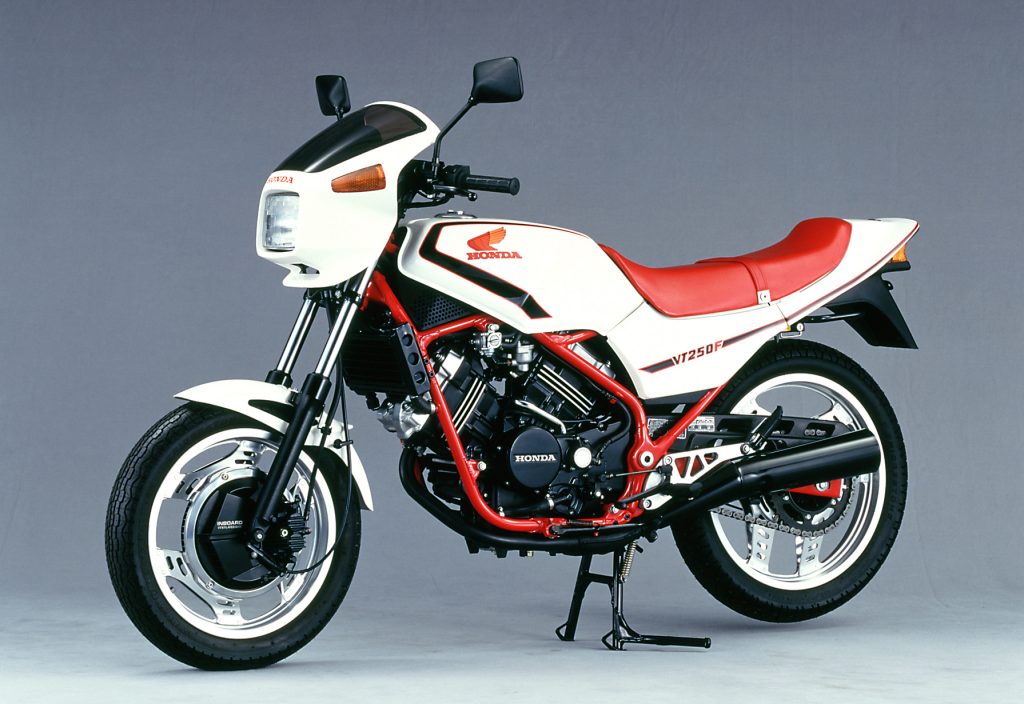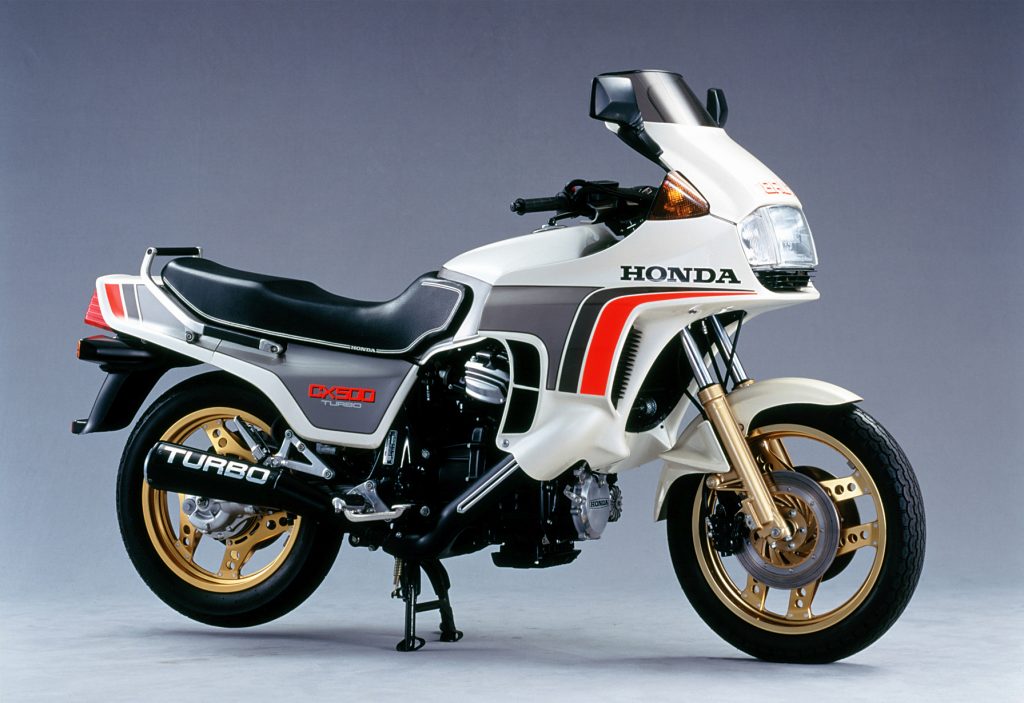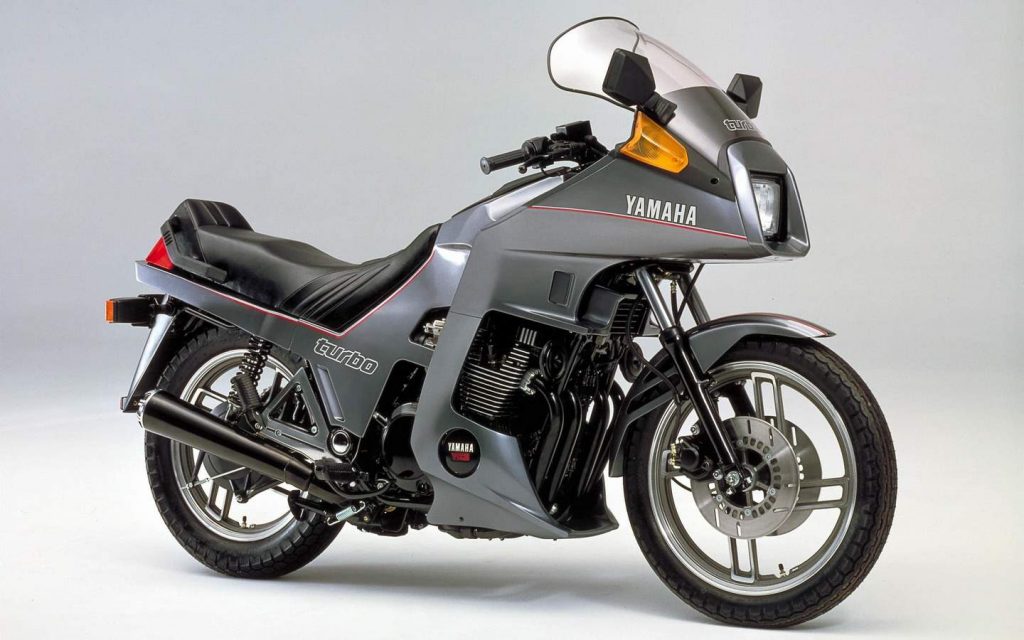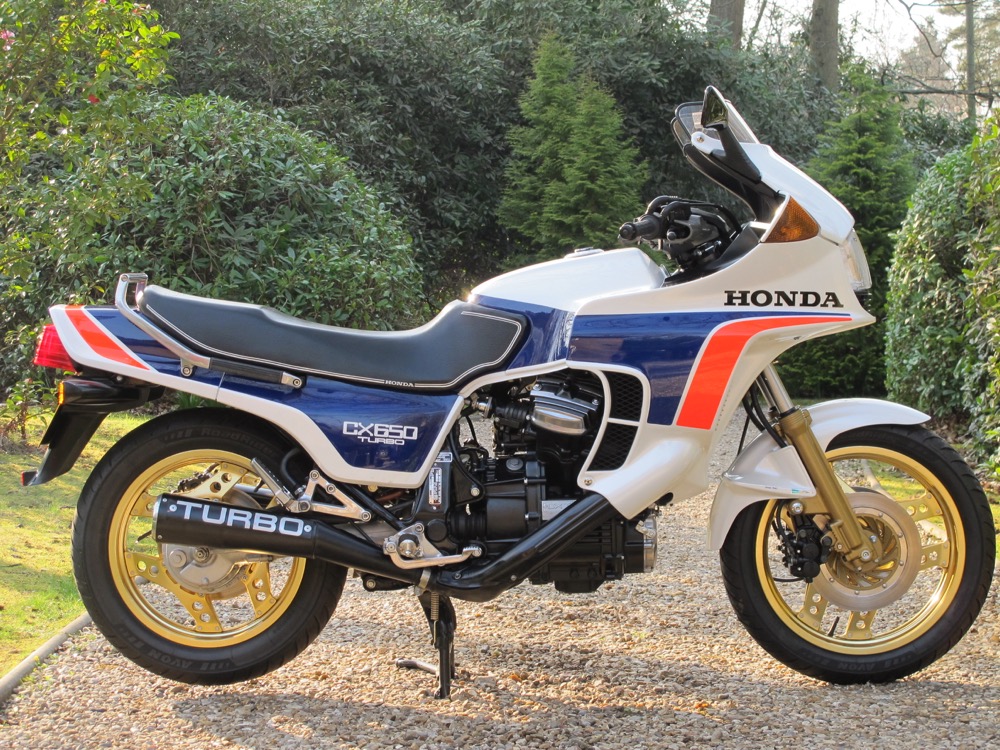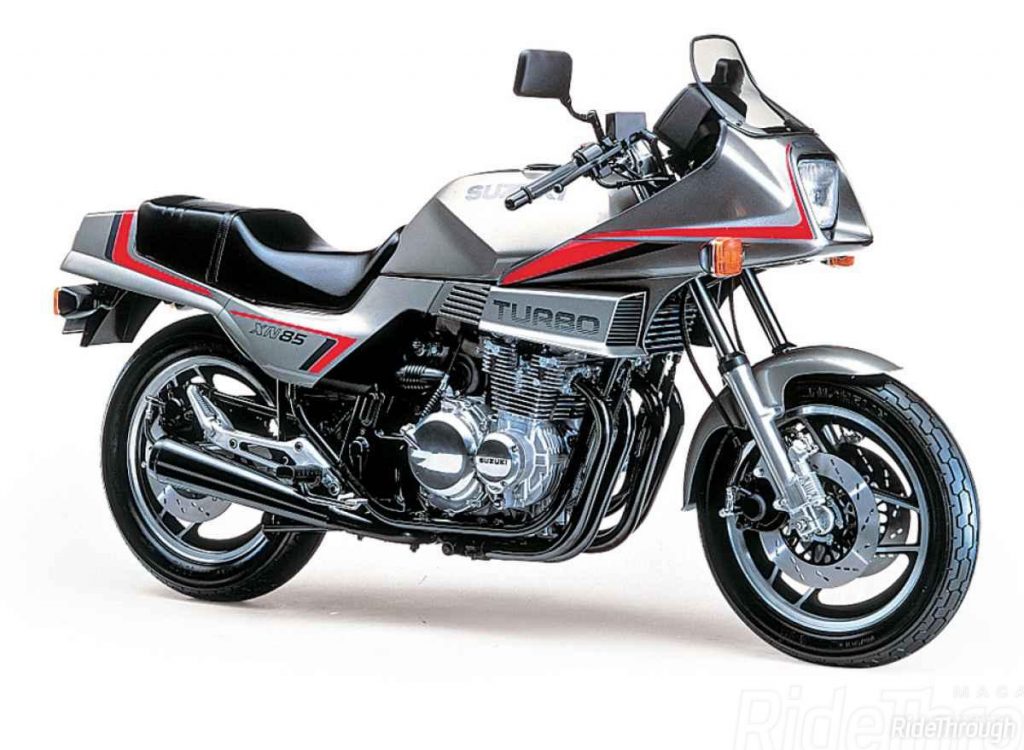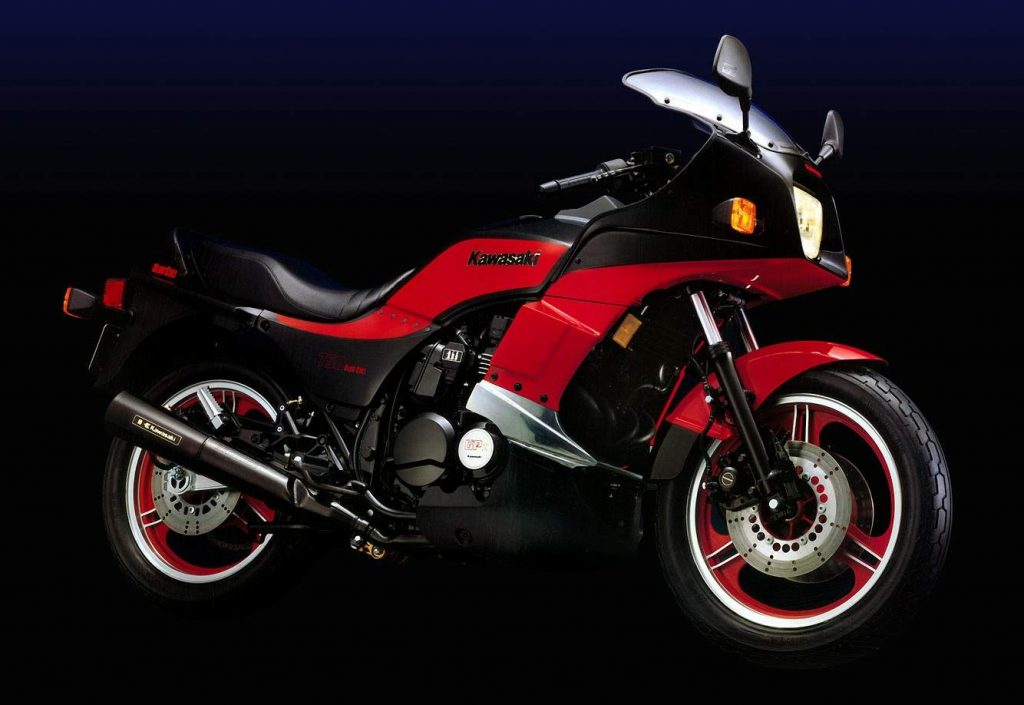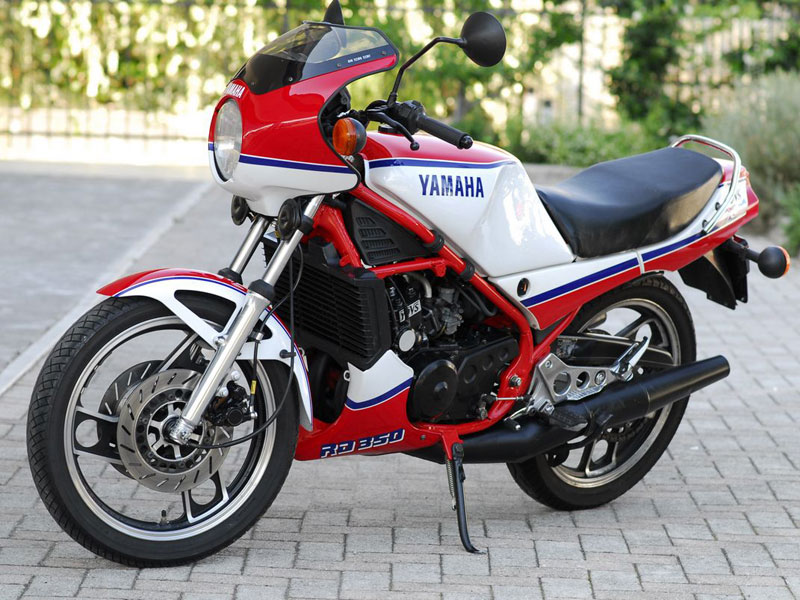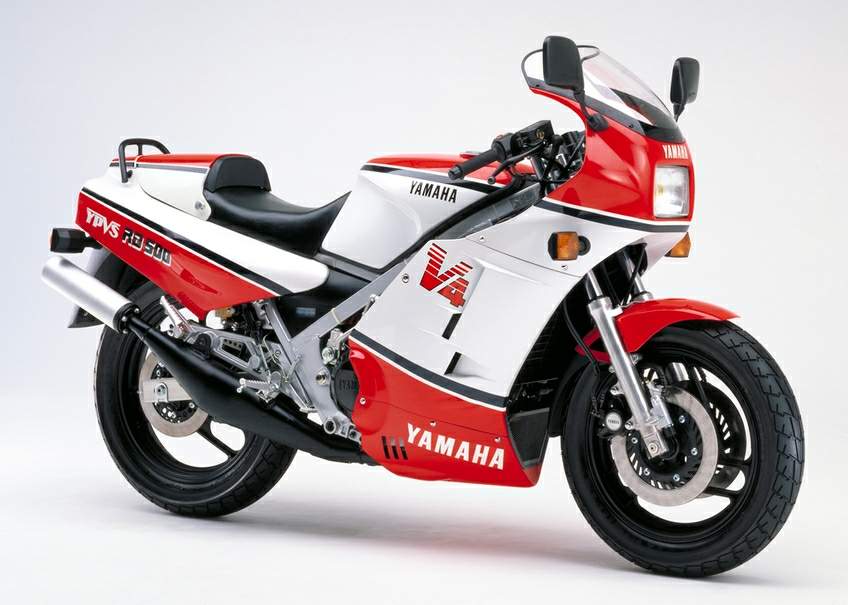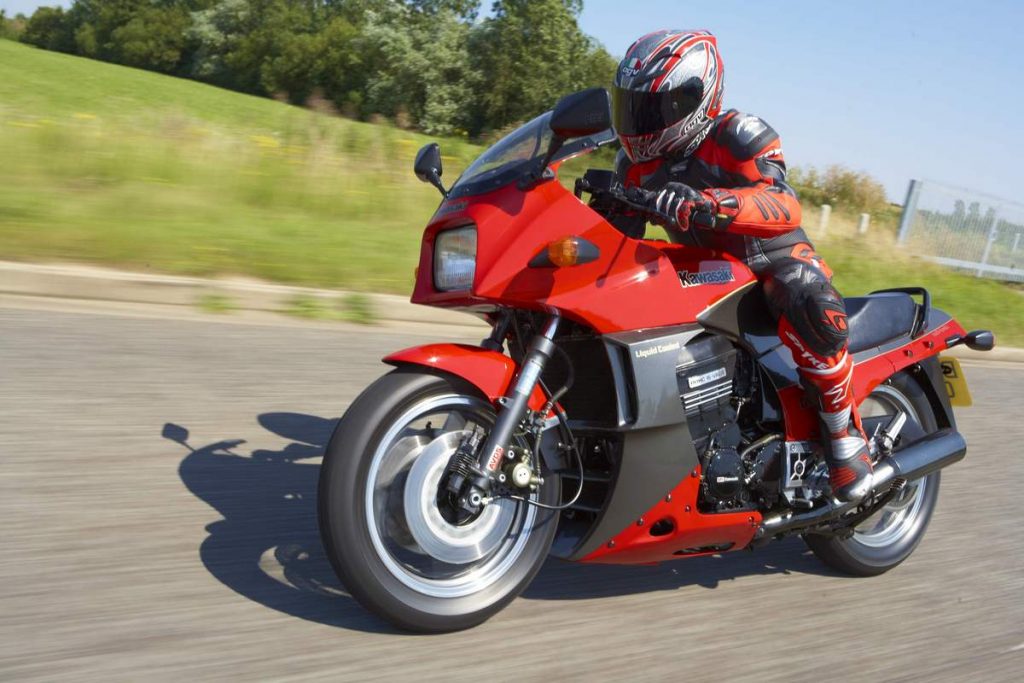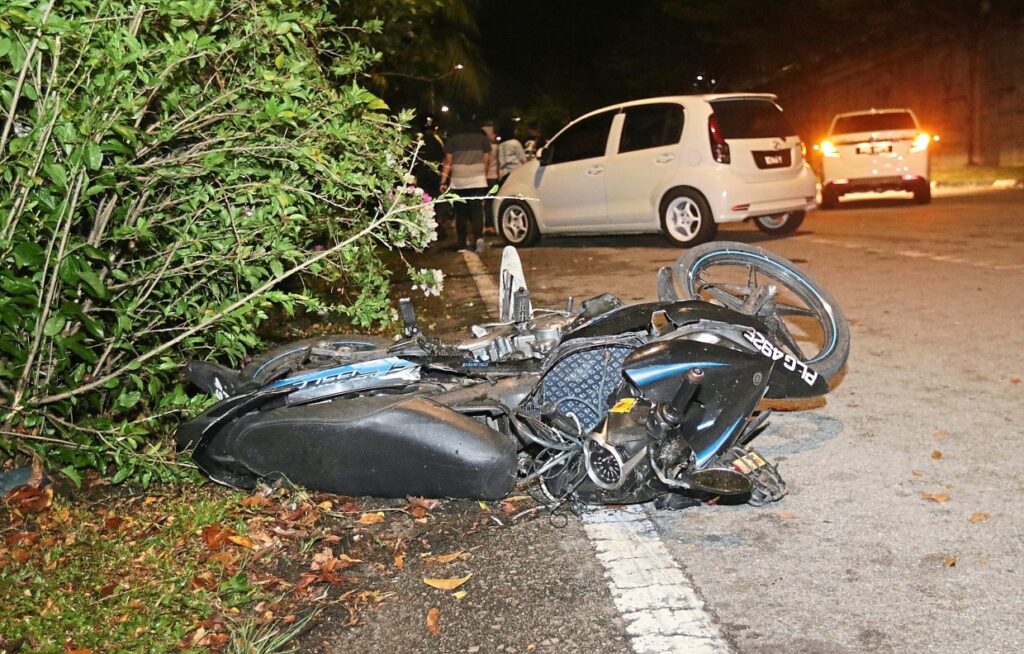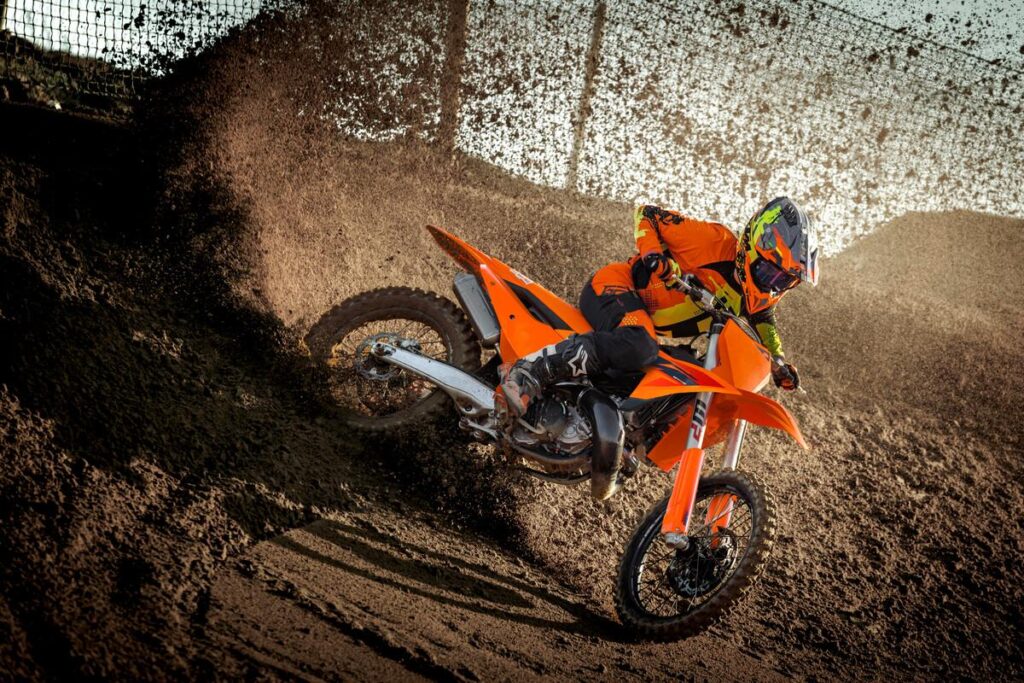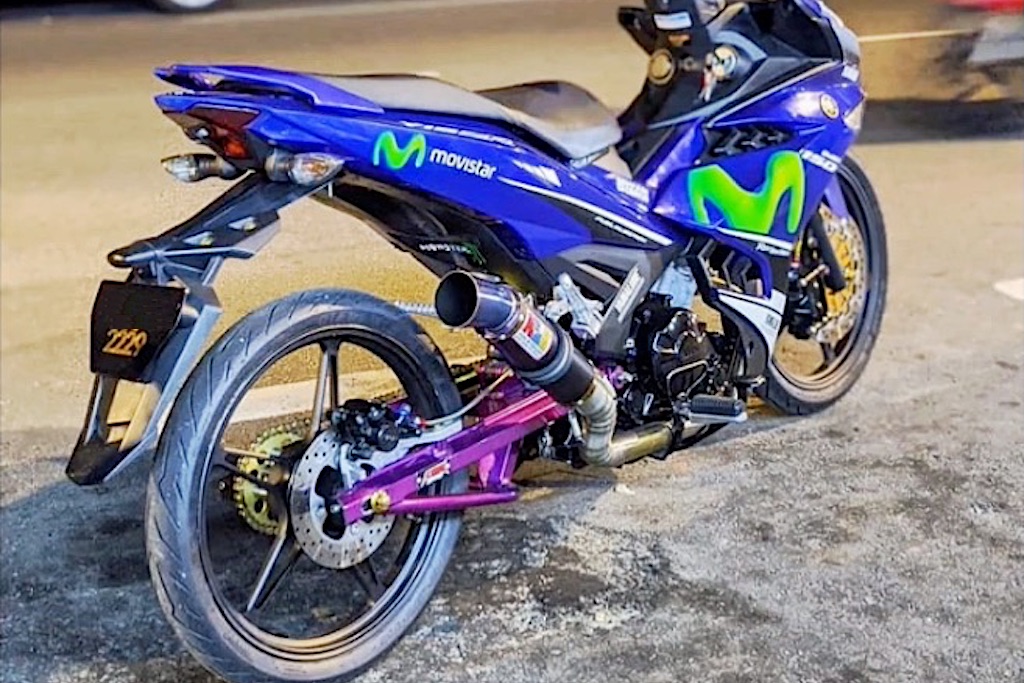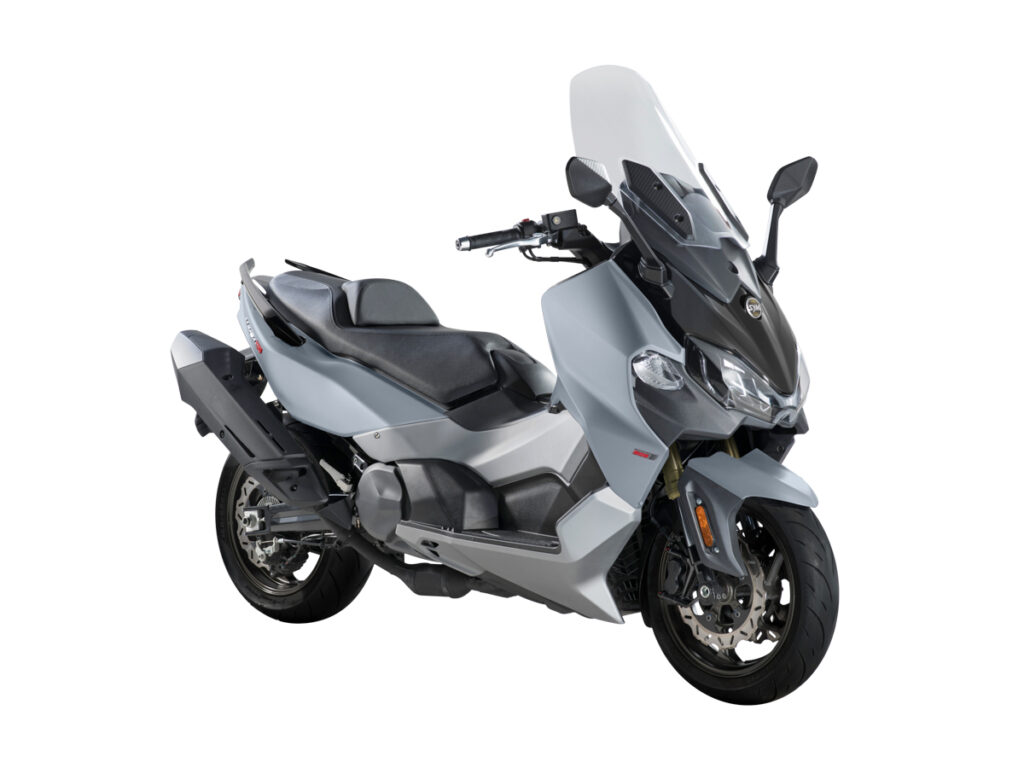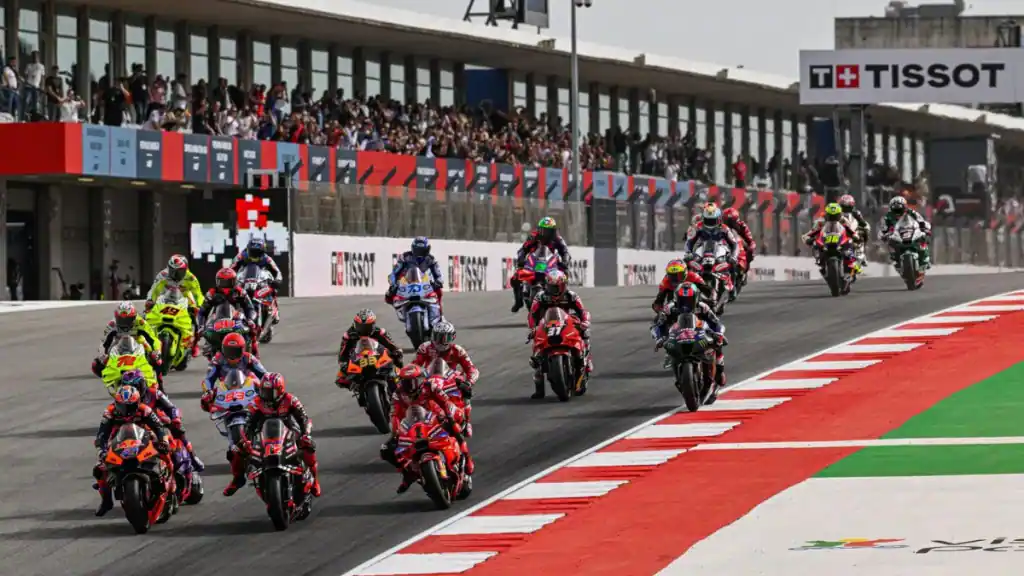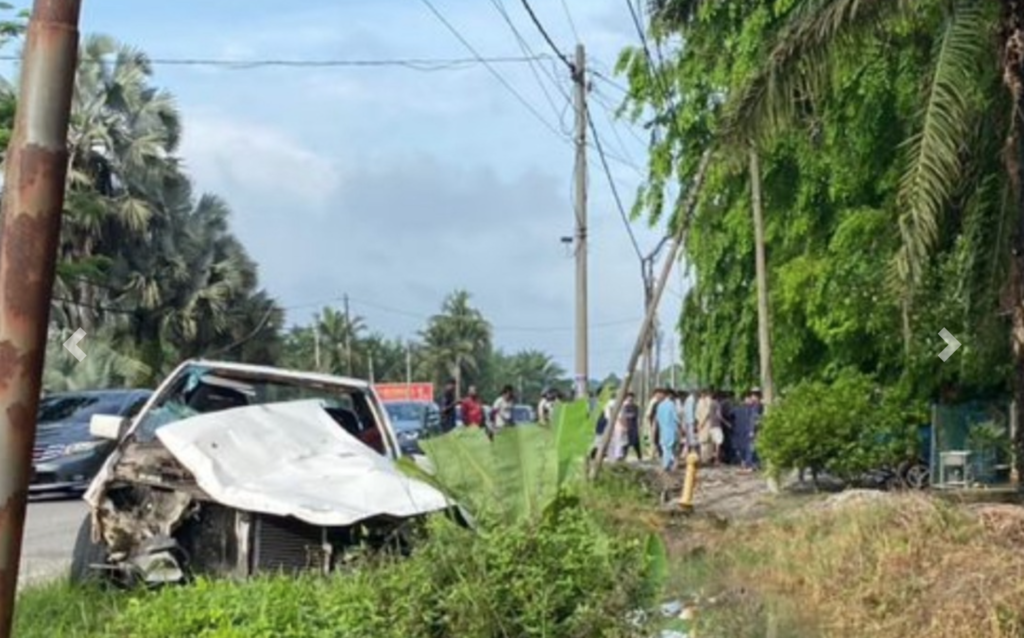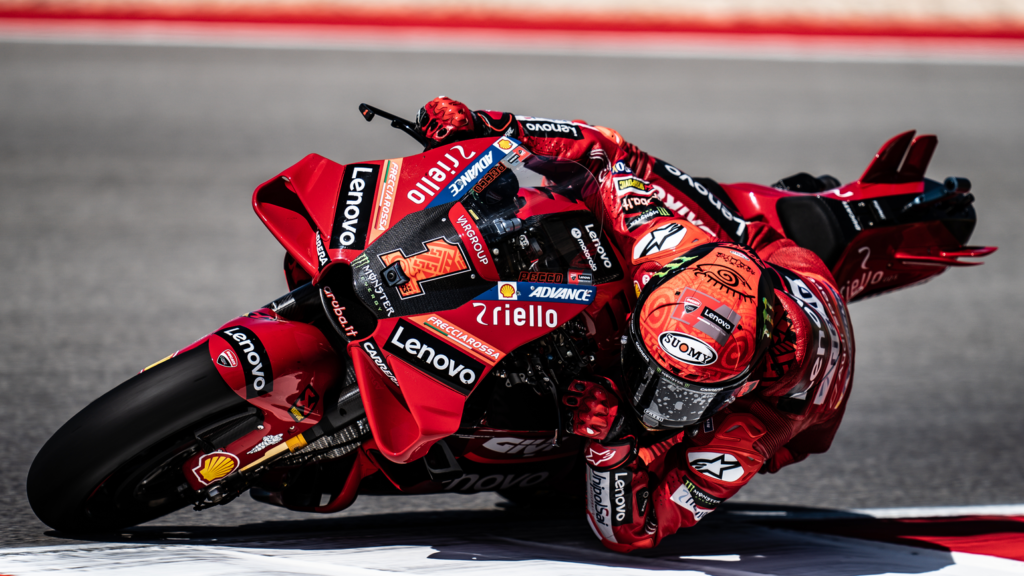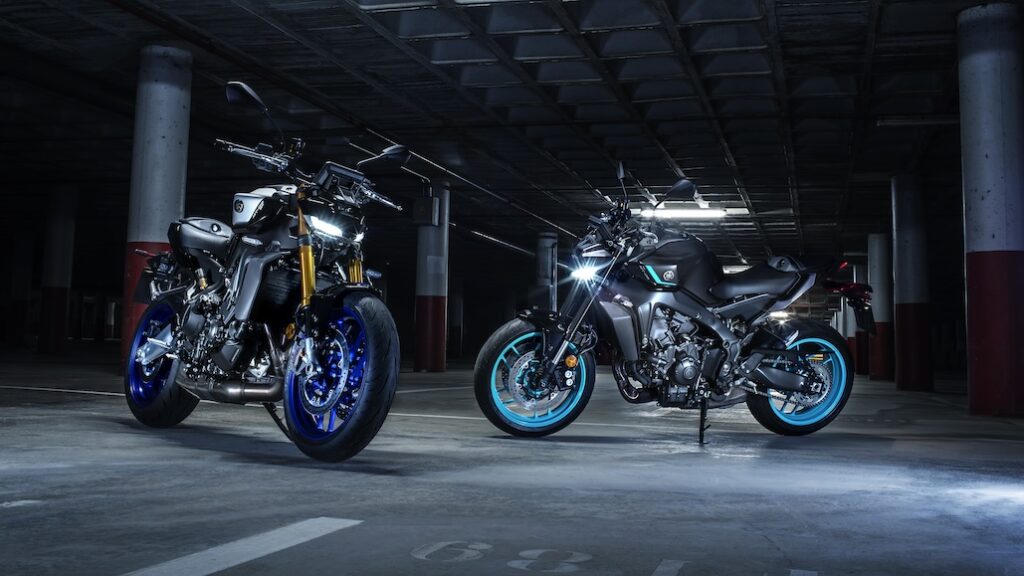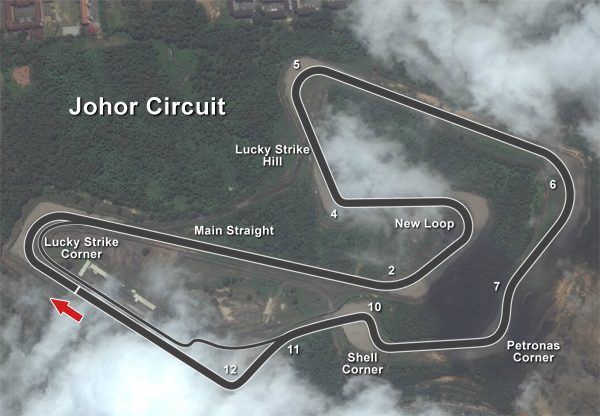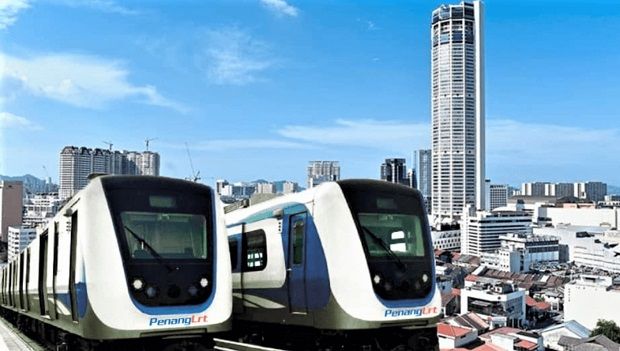-
The 80s produced the most memorable and missed motorcycles.
-
It was a glorious time when manufacturers experimented with many concepts.
-
These concepts were actually sold rather than remaining in the factories.
(Please click here for Part 2.)
The 80s produced the most memorable and missed motorcycles, as much as those who lived through the era often reminisce everything about it.
Well, why not. The 80s was the real decade of experimentation by motorcycle manufacturers. By experimentation we meant that the makers actually produced and sold (or attempted to sell) those new concepts to consumers, rather than developing the ideas in their factories only.
Indeed, motorcycles mostly looked the same through the 70s despite technological advances. The fastest Z1 or CBX had round lights, beefy fuel tanks, long bench seats, exposed engines, dual shocks, skinny tyres, and steel tube frames — just like all other bikes.
It’s the after 80s that we have dual-sport/adventure bikes, sport-tourers, race-ready superbikes, force-induction bikes.
And those just the ideas that were accepted by consumers. There were so many others that were shunned, but they made sense in concept.
The 80s were also they heydays of the two-stroke. The lessons learned in the previous decade made the smokers as reliable as they were fast. And cheap.
Similarly, Grand Prix racing bikes also saw plenty of experimentation, resulting in some oddballs. However, we’ve covered this subject in an article called Ten GP Bikes That were Different, hence we won’t repeat them in this list.
Let’s get started with the Motorcycles that Defined the 80s. Before we get started about 80s music.
1. BMW R80G/S (1980)
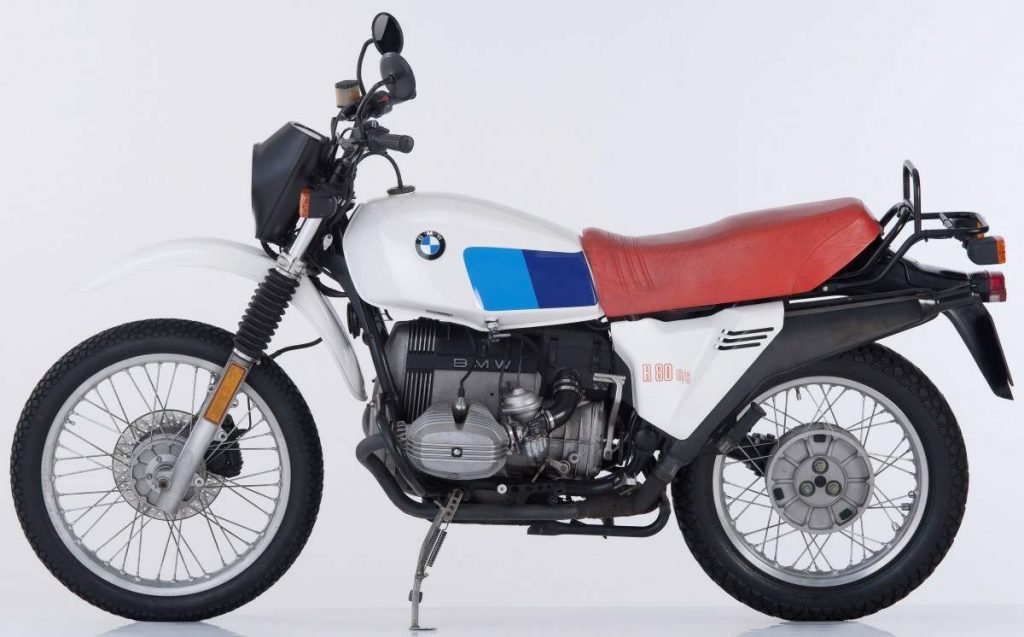
There were two very distinct types of bikes in the 70s. One was for the road only, the other was specifically for off-road use. Road bikes were heavy and had short suspension travel to do any good off-road, but they had the range and comfort. Off-road bikes on the other hand had short ranges and were uncomfortable for long-range riding.
For example, the hallmark 1980 Suzuki GS1100 weighed 252 kg wet but was considered “light” at the time. The Honda XR500 weighed 137 kg but had a range of only 125 km.
That’s when BMW Motorrad decided to combine the two aspects in one motorcycle, resulting in the R80G/S. It was a breakthrough and it became not only the grandaddy of the current BMW R 1250 GS/GSA, but also for dual-sport and adventure motorcycles.
2. Suzuki GSX1100S Katana (1981)
Here’s another legend. The Katana was designed by ex-BMW design chief Hans Muth.
The bike signified a major change in motorcycle design. Where the fuel tank and seat were separate entities, the Katana’s joined both as a continuous line. It also started that single-seat look despite having two seats. But the most radical was the headlamp and surrounding panels.
Its looks were backed up by performance. The 111 hp, inline-Four, DOHC engine took the bike to 220 km/h, beating out the Kawasaki GPZ1100 (although the latter accelerated faster).
Certain markets though the Katana’s design was too radical at the time, but an example would cost almost as much as a new bike these days.
Suzuki would release the GSX750S Savannah with pop-up headlight the next year.
3. Honda VT250F Integra (1982)
The 80s was when Honda produced every conceivable type of motorcycle and introducing large numbers in a year. They debuted 15 models in 1982 itself! But it was the year when Honda became known as the V-Four company, the bikes identified by the “VF” designation.
But let’s take a look at the VT250F Integra. The engine was a 248cc, four-stroke, DOHC, four-valve per cylinder V-Twin. It produced a healthy 35 hp.
The bike showed how a 250 could also be regarded as a “serious” machine and had all the superb goodies such as Comstar rims with tubeless tyres, TRAC anti-dive forks, Pro-Link mono shock rear suspension, and Honda’s signature ventilated front brake disc.
Its design would go on to inspire the V-Three, two-stroke MVX250 and the single-cylinder, two-stroke MBX125. Some of the latter made it to Malaysia and holds a cult status.
4. Honda CX500 Turbo (1982)
The 80s were sometimes called the “Turbo era,” as it was the craze of manufacturers to fit turbochargers to their products. That was certainly true for cars, but it was Honda who started it with motorcycles, in the CX500 Turbo.
The engine was adopted from the transverse V-Twin of the CX500. But it wasn’t just the case of slapping on a turbocharger. The bike was the first to feature programmable fuel injection (Honda’s PGM FI).
But the manufacturer couldn’t overcome the turbo lag problem (no acceleration initially, then suddenly taking off due to air’s inertia through the turbo’s impeller), thus the bike was produced in this single year.
5. Yamaha XJ650T (Seca) Turbo (1982)
Looking like those bikes used in 80s “futuristic” B-grade movies and TV shows, the XJ650 Turbo was the tuning fork company’s answer. But instead of suing fuel-injection, it utilised carburettors. But it was also blighted by turbo lag issues like its peers.
5. Honda CX650 Turbo (1983)
To combat lag, Honda engineers bored out the CX500’s engine to 673cc, increased compression ratio (for torque) and lowered maximum boost pressure. The fuel injection was revised accordingly.
Still, the lag wouldn’t go away and only 1,777 units were produced.
Outwardly, it looked no different that the 1982 CX500 Turbo, except for colours and badging.
6. Suzuki XN85 (1983)
Suzuki didn’t want to get beat in the turbo game and came out with the XN85 in early 1983. The manufacturer claimed that the 673cc inline-Four engine (uncannily identical in displacement to the Honda CX650 Turbo’s) produced 85 hp, hence the bike’s name.
Although its power delivery was smooth for a turbo bike, it couldn’t match the outright grunt of bigger bikes. It was also unreliable and expensive, hence sold poorly. The replacement GS750ES went faster and was cheaper.
7. Kawasaki GPZ750 Turbo (1983)
This was known as the best turbo bike. It was also the fastest due to the engine which produced 112 hp. In fact, it ran the quarter mile in 11.2 seconds at 201 km/h, which was on par with the GPZ1100. It also had a top speed of 238 km/h.
Current collectors are still looking for this bike.
8. Yamaha RD350LC YVPS/RD350LC II/RZ350 (1984)
Oh boy, every schoolboy’s wet dream, including this one.
This bike was about racing, whether at full race events, clubs events and the streets without having to splurge on the big bikes. There were “RZ/RD cup” competitions in Europe, Canada, and the world over. They provided some of the craziest and gritty track action but some of the riders actually went to bigger things.
The bike was fast and could hold its own against the bigger bikes, given its lighter weight and chassis which was developed from Yamaha’s grand prix racing exploits.
It was also in this bike that Yamaha pioneered and patented the computer-controlled exhaust valve on two stroke engines which they call the “Yamaha Power Valve System” or “YPVS” in short.
Two-stroke engines typically work well in the upper RPM ranges and lacked low- and midrange RPM acceleration. The YPVS enclosed part of the exhaust port at lower RPMs and progress to being fully open at full-chat. That had the effect of providing back pressure to engine to produce more torque and wider powerband without sacrificing top-end power. This system was adopted to four-stroke engines known as the EXUP (Exhaust Ultimate Power Valve) beginning with the FZR400R in 1987.
Such systems were adopted by all other manufacturers, although they had to circumvent Yamaha’s patents.
The bike is still a hot collector’s item with active clubs around the world including in Malaysia.
9. Yamaha RD500LC/RZV500/RZ500 (1984)
Want to know what was the ultimate sportbike? This one, a genuine 500cc. two-stroke, V-Four sportbike. The name stood for “Race Developed 500cc Liquid-Cooled.” Yamaha released the bike to commemorate their success in 500cc World GP racing and based it off the YZR500 ridden by Wayne Rainey.
The engine uses reed valves instead of the rotary valves in the YZR500 but it too had dual crankshafts. Both are geared directly to the clutch, but the front crankshaft also drove a counterbalancer to smoothen engine vibrations. It also had the YPVS power valve. As such the engine made 88 hp and the bike weighed only 199 kg wet. The bike could hit a 238 km/h top speed.
A Japan-only special version called the RZV500R was also produced and it had a welded aluminium frame, compared to the mild steel frame of the standard bike. Besides that, the forks were adjustable for spring preload and air-assisted rebound damping.
Some were exported and modified for racing.
You don’t see an RD500LC running around these days, because they’re probably placed inside glass cases in collectors’ homes.
10. Kawasaki GPZ900R Ninja (1984)
The Top Gun bike! We’ve written about this bike at least thrice. Why? Because it’s still beautiful 35 years on and was the world’s fastest bike when it appeared.
The GPZ900R or more popularly called the “Kawasaki Ninja” (it was the first Kawasaki with the Ninja name) was the first production motorcycle to feature a liquid-cooled 16-valve inline-Four engine. It produced 115 hp and Kawasaki claimed a top speed of 243 km/h.
But magazine tests during the day found it to go even faster. One tester hit 262 km/h! It could even shame many current performance cars with it 10.55-second quarter mile run.
So popular was the bike its international production stopped in 12 years later in 1996, while the Japanese market saw it produced for a good 20 years until 2004.
End of Part 1
That’s it for now. We’re just up to 1984 and there are still so many more to go until 1989! What a decade, the 1980s indeed!
(Please click here for Part 2.)

